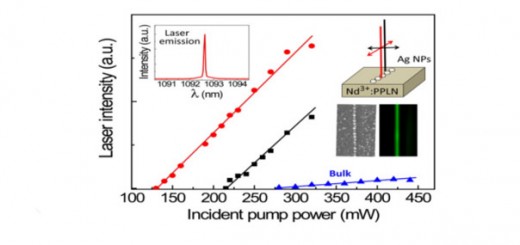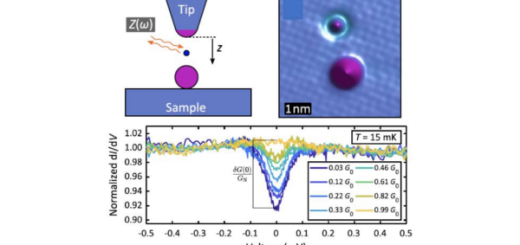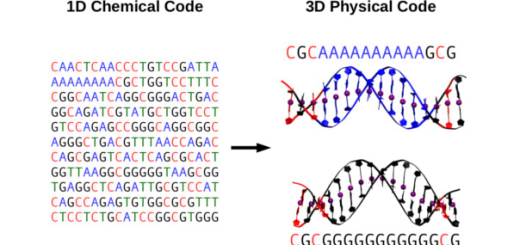Steering of Chiral Valley Photons in Transition Metal Dichalcogenides
Article: published in Nature Photonics by Francisco J. Garcia-Vidal, IFIMAC researcher and member of the Department of Theoretical Condensed Matter Physics.
Two-dimensional transition metal dichalcogenides (TMDCs) present extraordinary nonlinearities and direct bandgaps at the K and K′ valleys. These valleys can be optically manipulated through, for example, plasmon–valley-exciton coupling with spin dependent photoluminescence. However, the weak coherence between the pumping and emission makes exploring nonlinear valleytronic devices based on TMDCs challenging. In a collaboration between IFIMAC member Francisco J. Garcia-Vidal and two experimental groups based in Singapore and China, it has been demonstrated that a metasurface (a gold film drilled with rectangular nanoholes arranged in a hexagonal lattice but with different local rotation angles), which entangles the phase and spin of light, can simultaneously enhance and manipulate nonlinear valley-locked chiral emission in monolayer tungsten disulfide at room temperature. The second-harmonic valley photons, accessed and coherently pumped by light, acquire a spin related geometric phase provided by the gold metasurface and are separated and routed to predetermined directions in free space. In addition, the nonlinear photons with the same spin as the incident light are steered owing to the critical spin–valley locked nonlinear selection rule of monolayer tungsten disulfide in the designed metasurface. This work opens a new avenue to utilize plasmonic metalsurfaces in order to build-up advanced room-temperature and free-space nonlinear, quantum and valleytronic nanodevices. [Full article]




















